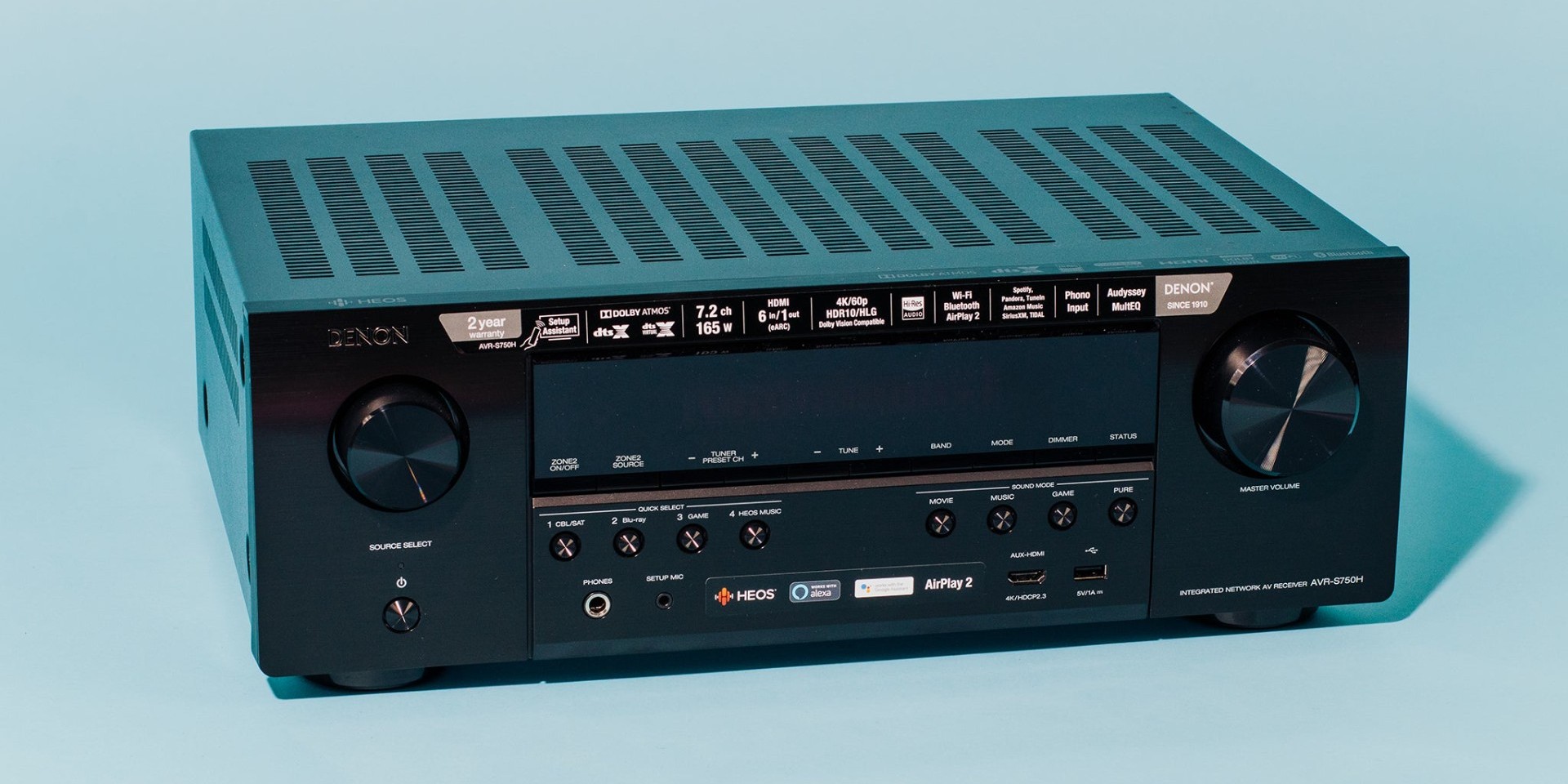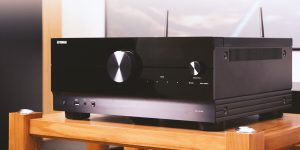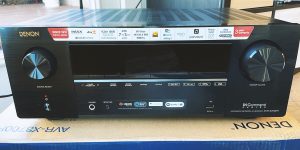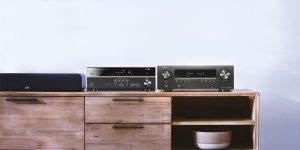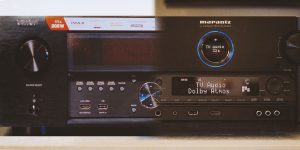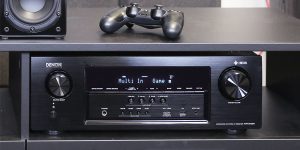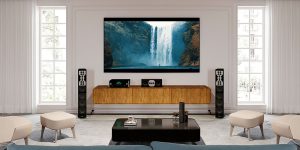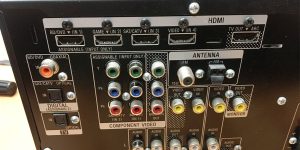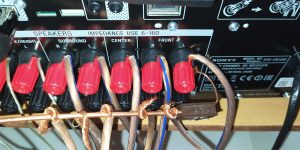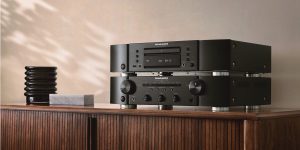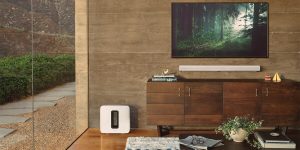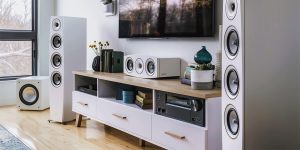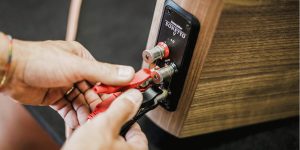A great AV receiver can greatly improve the audio quality in your home. By distributing power evenly to all of your speakers, an AV receiver can create a more immersive listening experience.
Whether you’re watching a movie or listening to music, an AV receiver can make your entertainment sound better than ever. In this article we will show you how to make your sound better with an AV receiver.
Decoding as a way to process the sound of the receiver
An AV receiver is responsible for a lot of things, but perhaps its most important job is sound processing. In order to create an immersive surround sound experience, your AV receiver needs to decode audio signals from your Blu-ray player, streaming media devices, gaming console, etc. It then takes those signals and amplifies them to drive your speakers.
Not all AV receivers are created equal, however. Some cheaper models will only decode basic surround sound formats like Dolby Digital and DTS. If you want to take advantage of newer formats like Dolby Atmos and DTS:X, you’ll need to make sure your AV receiver can decode them. These formats create a more realistic and immersive soundscape by adding height channels.
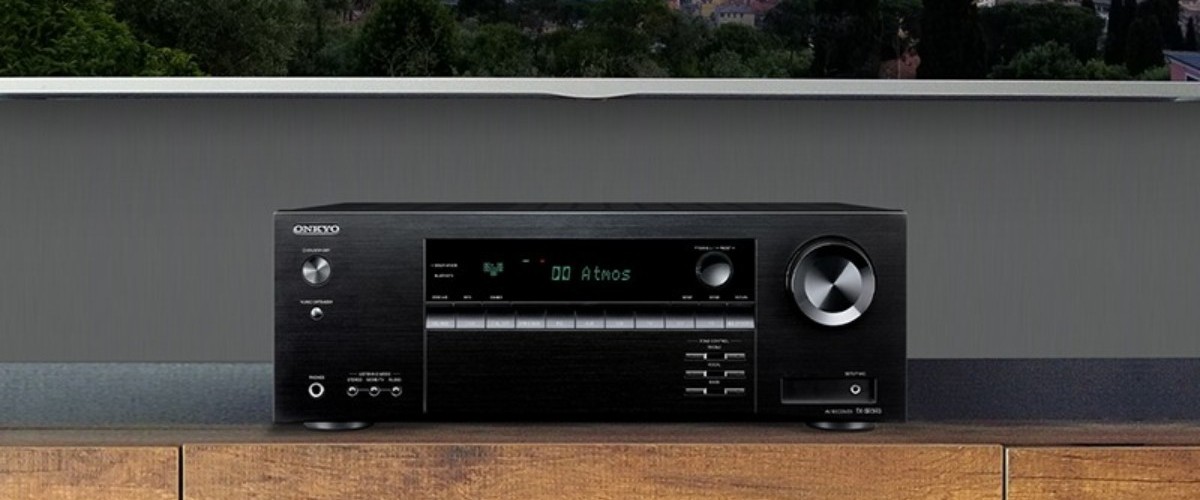
Signal amplification as receiver audio processing
After your AV receiver decodes the audio signal, it needs to amplify it. The amplifier is one of the most important parts of any receiver because it directly affects sound quality. A good amplifier will result in clear, distortion-free sound. A bad amplifier, on the other hand, will introduce all sorts of problems like clipping and overly harsh treble.
When shopping for an AV receiver, pay close attention to the amplifier section. Make sure it has enough power to drive your speakers (measured in watts per channel) and that it uses a high-quality amplification stage.
Calibration and speaker setup as the way to make perfect sound
Another important function of an AV receiver is calibration. It is the process of making sure all your speakers are working together to create the best possible sound. The receiver will send test signals to each speaker and then use that information to adjust the sound.
Calibration is an important step in setting up any home theater system, but it’s especially important if you have a lot of speakers.
If you have a 7.1 surround sound system, for example, you’ll want to make sure each speaker is in its proper place and that the sound is balanced.
An AV receiver can also help you fine-tune the sound of your system to perfectly match your room. If you have a small room, for example, you might want to adjust the bass levels so that the sound isn’t too overwhelming.
Extra features
In addition to sound processing and amplification, AV receivers also come with a variety of extra features. Some of these features are more important than others, but they can all be helpful in one way or another.
One of the most common extra features is built-in Bluetooth. It allows you to wirelessly stream audio from your phone, tablet, or laptop to your receiver. If you have a lot of music stored on your devices, this is a great way to listen to it all without having to fiddle with wires.
Another popular feature is an on-screen display. With it you can see information like volume levels, input sources, and speaker configuration without having to look at the receiver itself. It can be helpful if your receiver is hidden away in a cabinet or closet.
Some receivers also come with built-in streaming services like Pandora and Spotify. With them you can listen to music without having to use a separate streaming device.
Finally, some receivers come with video processing features. It can be helpful if you have an older TV that doesn’t have HDCP 2.2 compatibility. These receivers will take the HDCP 2.2 signal from your Blu-ray player and down convert it to a format that your TV can understand.
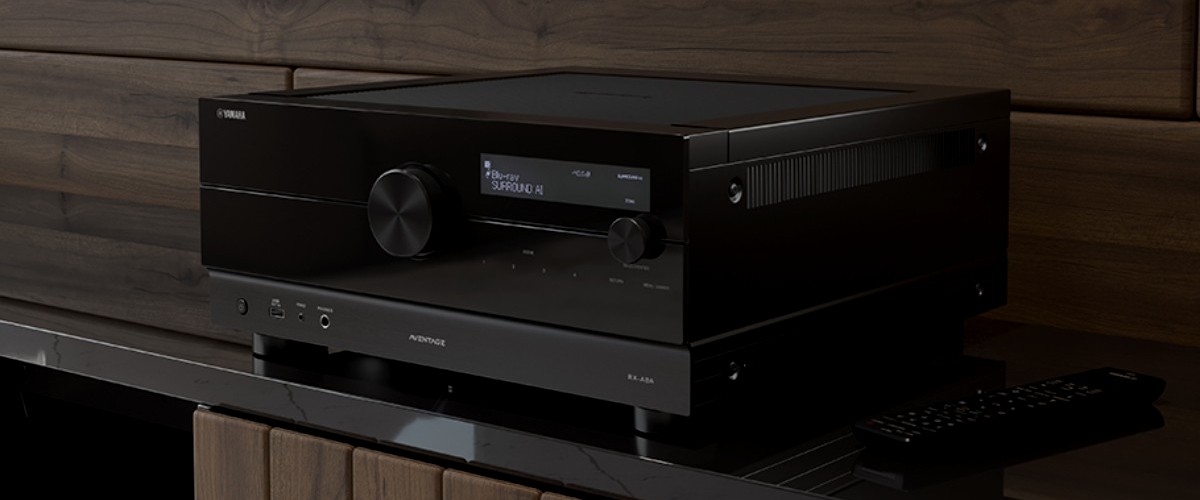
Steps to improve audio quality and make the best sound
Find correct cables
The first step to getting great sound is to use the right cables. That’s because even the best AV receiver or amplifier can’t make up for subpar cables. For the best sound quality, you should use high-quality shielded HDMI cables for all your video connections and oxygen-free copper (OFC) speaker wire for your audio connections.
Use the right speaker wire
Not all speaker wire is created equal. The two most important factors to look for in speaker wire are gauge and material. The gauge is the thickness of the wire and is measured in American Wire Gauge (AWG). The thicker the wire, the lower the gauge number. For example, 12-gauge speaker wire is thicker than 16-gauge speaker wire.
As for material, you’ll want to look for oxygen-free copper or silver-plated copper speaker wire. OFC is the better choice if you can find it because it has fewer impurities than standard copper wire, which means it can better conduct electricity. Silver-plated copper is also a good option because silver is an excellent conductor of electricity.
Make sure your speakers are positioned correctly
The next step to getting great sound is to make sure your speakers are positioned correctly. Start by placing your front speakers (left and right) at ear level and angling them toward your listening position. Then, place your center channel speaker directly above or below your TV. Finally, position your surround speakers behind you and slightly to the sides.
Calibrate your system
The final step to getting great sound is to calibrate your system.
Calibration ensures that your system is set up correctly and that all your speakers are playing at the same volume level.
There are a few different ways to calibrate your system, but the easiest way is to use an automatic calibration system. Automatic calibration systems use a microphone to measure the sound coming from your speakers. They then adjust the settings on your receiver accordingly.
The bottom line
AV receivers are a great way to improve the audio quality in your home. By choosing the right one, you can get surround sound and even better sound quality. If you’re looking for an easy way to improve audio quality, be sure to consider an AV receiver as part of your next home theater setup.
